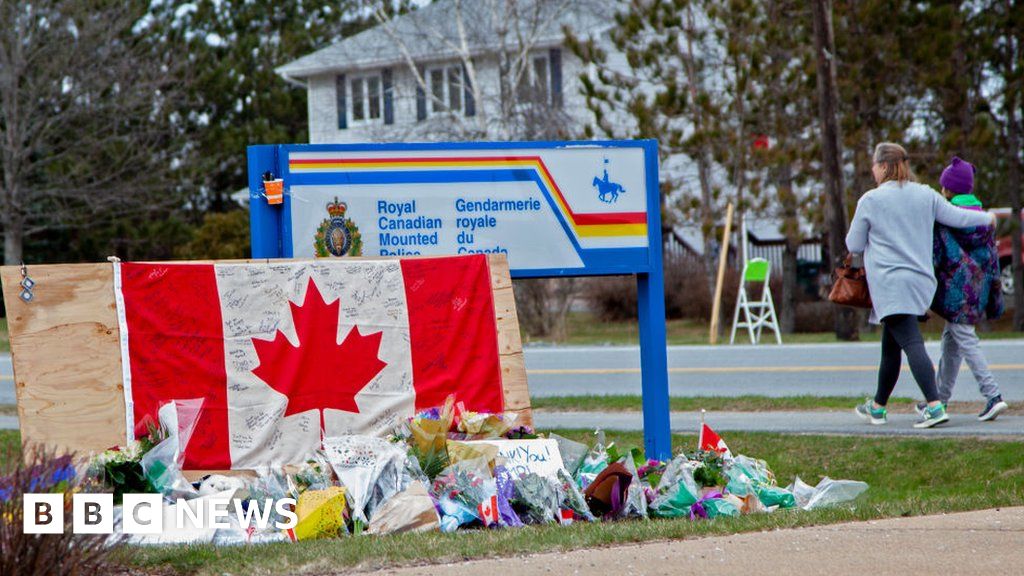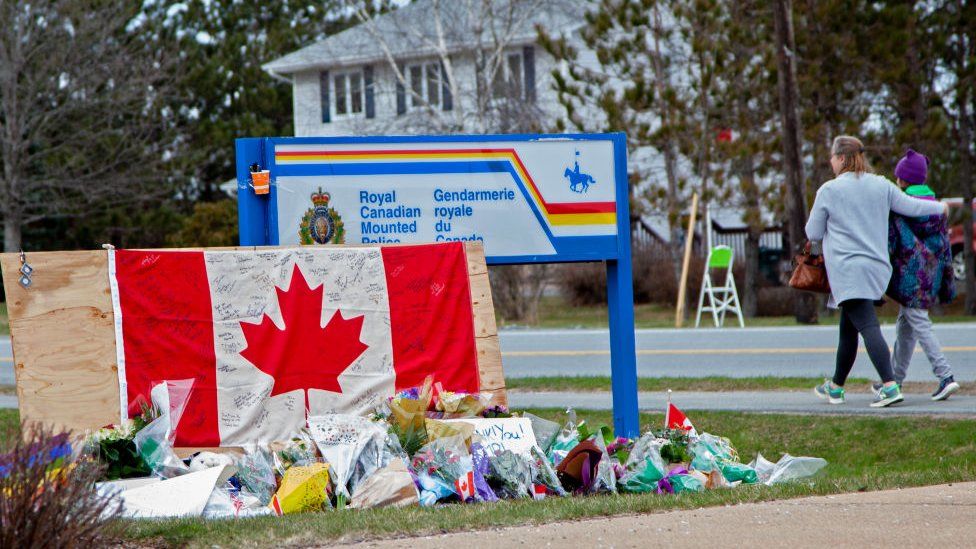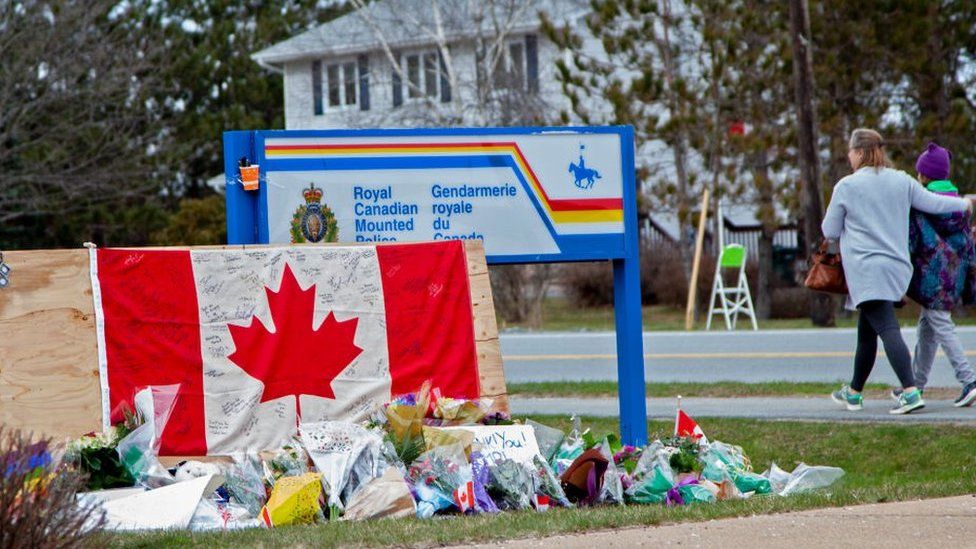
An inquiry into the deadliest mass shooting in Canadian history has criticised police for failing to act quickly to prevent casualties.
Twenty-two people were killed in the province of Nova Scotia in April 2020 after a gunman posing as a police officer went on an overnight rampage.
The independent inquiry was launched following fierce criticism of the police response to the shooting.
A final report of the inquiry was released on Thursday.
“Our recommendations call for transformative change, they call for collaboration, they call for leadership,” said Michael MacDonald, chair of the Mass Casualty Commission charged with overseeing the inquiry.
The 3,000-page document outlines recommendations that call for a fundamental change to Canada’s federal police force to prevent a similar mass casualty event from occurring in the future.
It criticises the Royal Canadian Mounted Police (RCMP) for failing to act on previous red flags related to the gunman, its lack of preparedness for a mass-casualty event, its response to the shooting and the police’s communication with the public during and after the shooting.
“Many red flags about (the gunman’s) violent and illegal behaviour were known by a broad range of people, and have been brought to the attention of police and others over a number of years.” Mr MacDonald said.
The report added that police discounted eyewitnesses who said the gunman was posing as an RCMP officer as the shooting unfolded, and they “seriously understated the threat” presented by the gunman to the public.
The commissioners said it is important that the RCMP implement their recommendations.
“Canadian society is at a critical juncture with respect to the future of policing,” commissioner Leanne Fitch said.
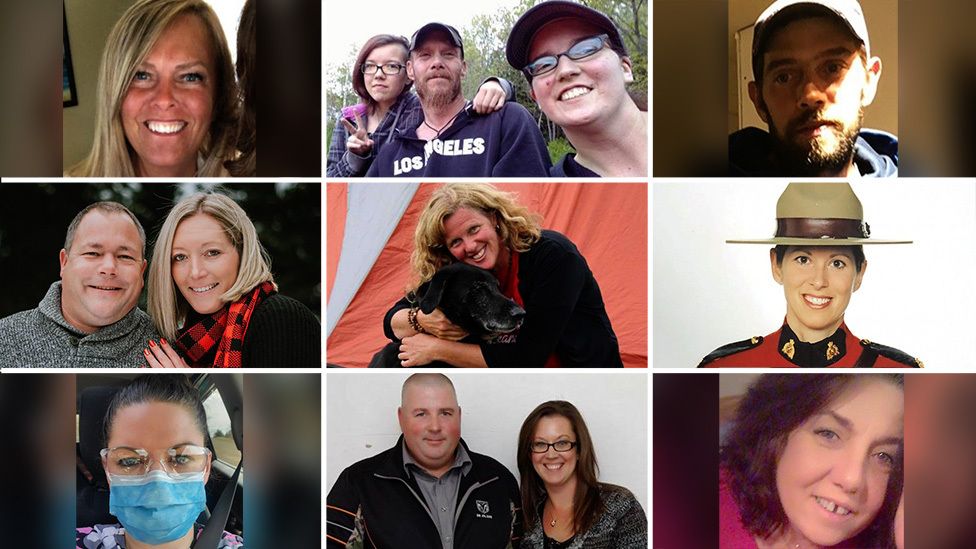
How the Nova Scotia shooting unfolded
Police first responded to the shooting around 10 p.m. local time on 18 April, 2021 at a quiet cul-de-sac in the small, seaside community of Portapique.
The gunman, Gabriel Wortman, first attacked his partner, Lisa Banfield, who managed to escape.
He went on to kill 13 people in the area and burn down several houses, including his own.
Wortman, who was driving a replica of an RCMP cruiser, managed to remain undetected overnight by police. The next day, he killed nine more people, including a pregnant woman and an RCMP officer.
The rampage ended when the gunman was fatally shot by two RCMP officers at a gas station located more than 90km south of where the shooting began. Cst Heidi Stevenson with the RCMP died during the confrontation with the gunman.

What the inquiry into the shooting heard
The inquiry heard from more than 200 witnesses between February and September 2022, including survivors and families of victims.
Testimony revealed that the RCMP were notified the gunman had a fake police car during the first 911 call at around 10:00 p.m. local time. Despite this, police only warned the public about the replica cruiser 12 hours later on Twitter.
Families of some of the victims said the police car caught their loved ones unaware.
The initial scene of the rampage was also described as a “warzone” by the first responding officers, who said they were unsure how or what they were heading into as they navigated pitch-dark woods and chased the sound of gunfire.
The officers said they were out there alone for 90 minutes, as the RCMP was unable to track them on site with GPS and there was concern police could accidently shoot each other.
In that time, Wortman managed to escape using a private dirt track with access to a nearby highway.
The inquiry also heard from Ms Banfield, the gunman’s former partner, who testified that she had been abused by him for many years. The report added that police need to better address domestic violence and its victims to prevent a similar tragedy from occurring.
“(The gunman’s) pattern and escalation of violence could and should have been addressed,” the report said.
Related Topics
-
-
20 October 2022
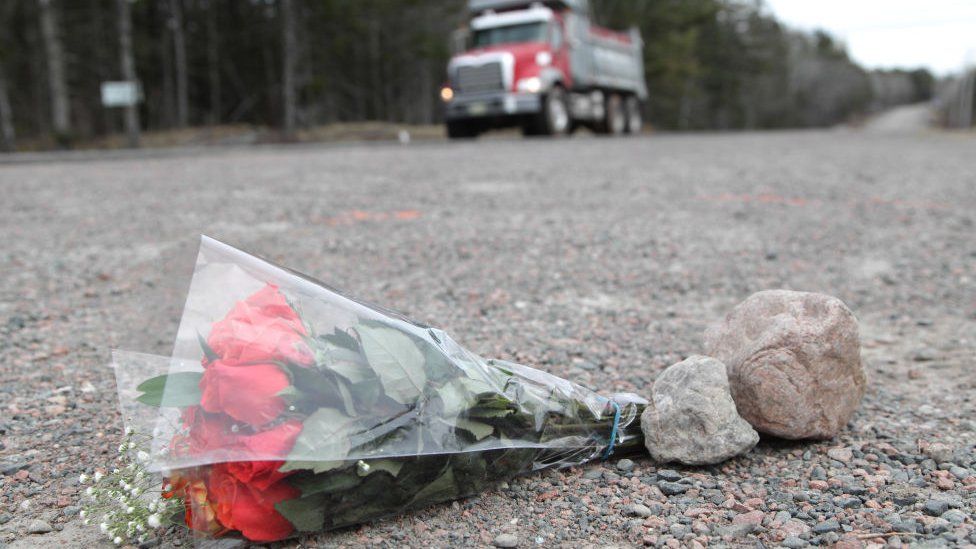
-
-
-
15 July 2022
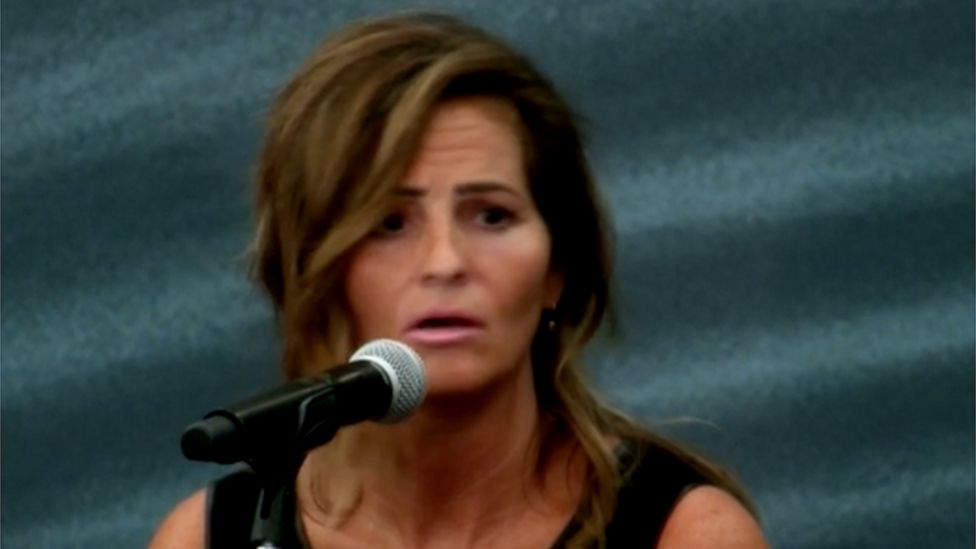
-
-
-
15 May 2022
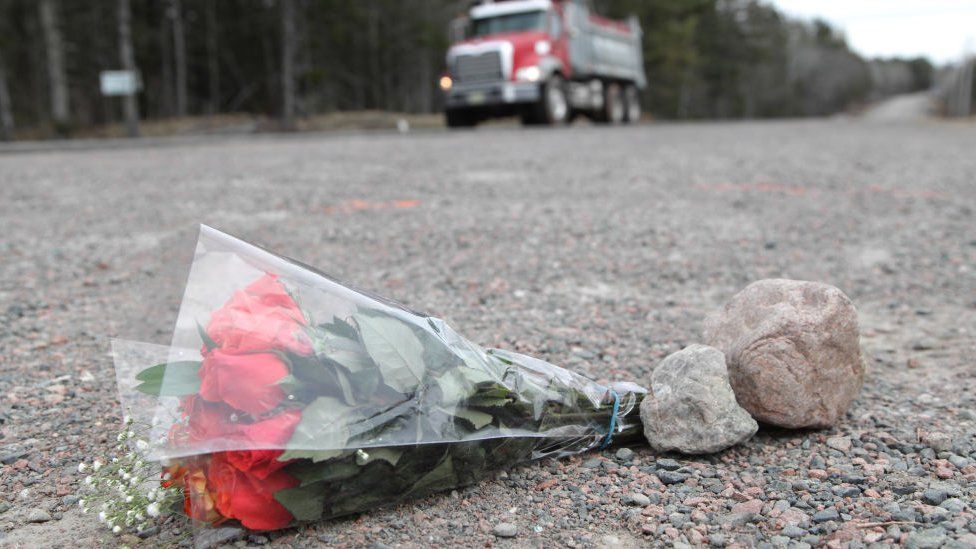
-
-
-
24 July 2020
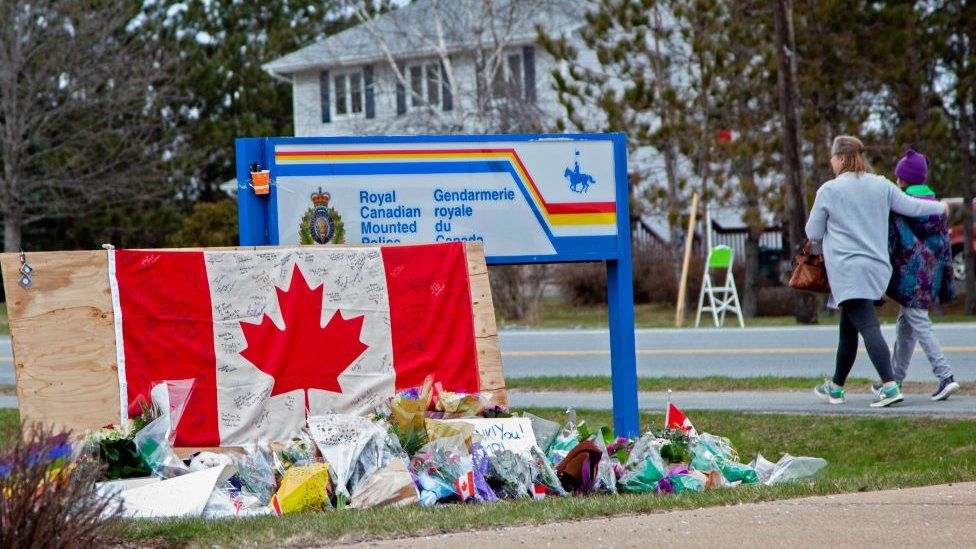
-
-
-
23 July 2020

-
